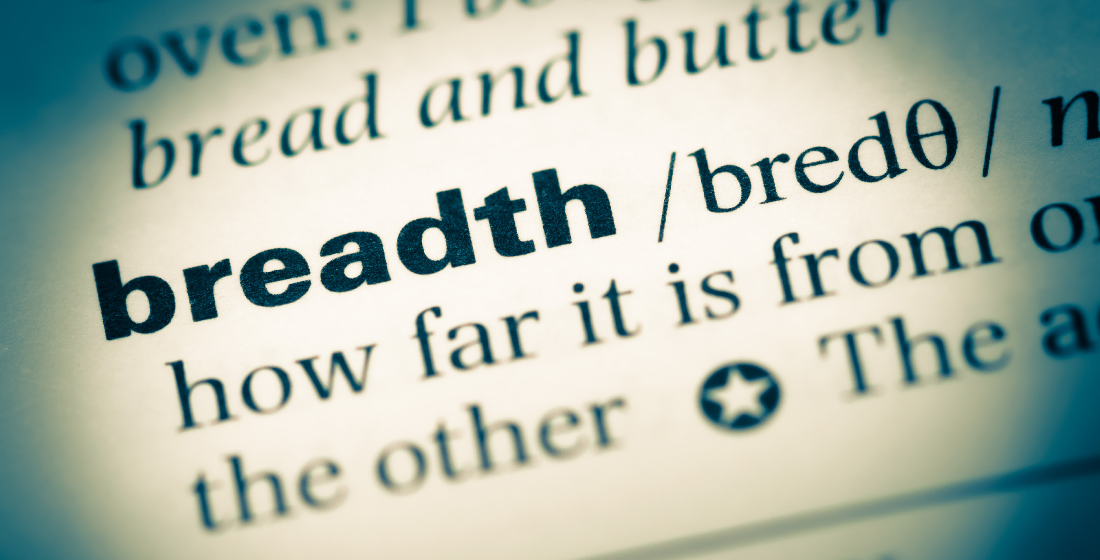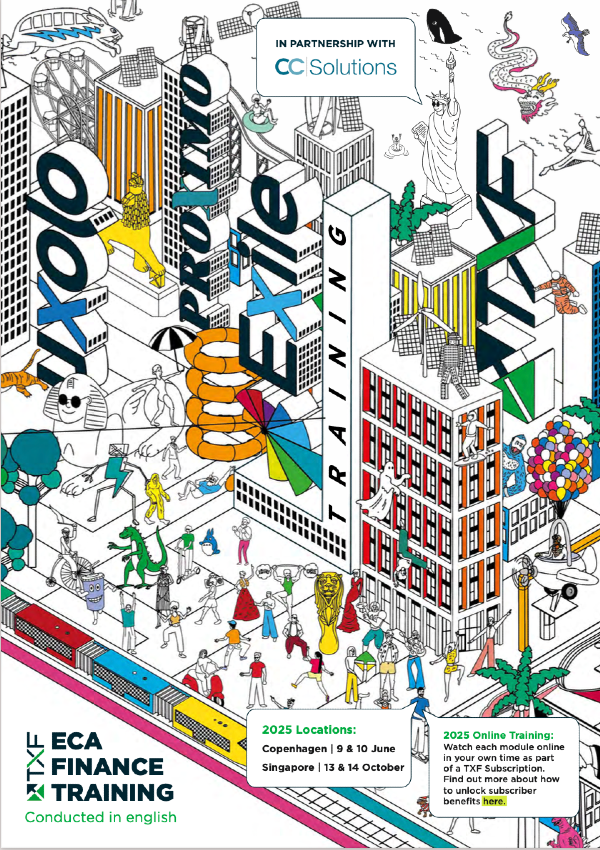TXF Global: 15 trends in export finance
Now the dust has settled after the roaring success of TXF Global in Prague last week, the world’s leading export and agency finance conference, we highlight 15 of the most significant trends in the market over the past year.

TREND 1: A thirst for liquidity
While there is plenty of liquidity in the market, there is also a growing realisation among ECAs and exporters that drawing alternative lenders into the greenfield project space is a must – as banks are not going to be as willing to tie up cash in long-term, low-yield deals.
The market needs to find a more effective way of getting investors, such as pension and insurance funds, comfortable with construction risk. A TXF survey identified a lack of familiarity with the export finance product and low yields as the two main obstacles to greater engagement from institutional investors.
TREND 2: The search for yield
Banks will intensify their focus on yield, continuing a balance sheet optimisation trend catalysed be Basel. As Libor has been so low, lenders who did not forecast that in their pricing for deals from a few years ago are tied into long term export and projects loans that are returning virtually nothing.
Despite that, however, half of respondents to our survey said bank margins and fees continued to drop this year – which is good news for ECA-backed borrowers.
TREND 3: Concentration risk and its ramifications
Concentration risk looms large in export finance - with regard to banks, exporters, and borrowers: Just 13 banks provided 90% of trade finance (in value terms), according to a recent survey. Meanwhile, from 2013 to 2017 the top 20 borrowers represented 32% of total deal volume, and the top 20 exporters represented 60%.
Such risk raises the spectre of systemic importance and regulatory pressure.
TREND 4: Collaboration key for infrastructure financing
There is a noticeable reluctance among many major banks to get involved in basic infrastructure deals, for example water, sanitation and health, and transportation in developing economies – unless there is some DFI and/or ECA backing. Thus, cooperation between institutions remains key.
TREND 5: Local currency emerges… again
Stop us if you’ve heard this one before, but… local currency financing is maybe, finally, potentially becoming more important! As emerging markets with weaker currencies reform or open up – Middle East, Argentina, Brazil, Myanmar for example – there is a clear trend towards DFIs and ECAs looking to provide more local currency funding to give export deals a natural hedge.
TREND 6: Sustainability no longer a luxury
Sustainable finance is no longer just PR – some recent commodity linked deals feature margin grids linked to borrowers meeting sustainability requirements policed by independent assessors.
This will become an increasing trend across all export loan sectors, particularly commodities and renewables.
TREND 7: A mounting global debt crisis?
Growing geopolitical trade angst at a time when the global debt–to GDP ratio is unsustainable is leading lenders to be more wary of certain supply chain sectors. Risk-averse lenders will begin to steer clear of long term loans to non-essential consumer markets reliant on consumers’ disposable income.
TREND 8: Technology…is for the future
The rhetoric outstrips the reality when it comes to the impact of technology in export finance today. However, 60% of survey respondents say they are moving towards greater digitisation, so its time will certainly come.
TREND 9: Middle East rises to the top, as sub-Saharan Africa draws a crowd
Exporters have again identified the Middle East as most important region, and ECAs are setting up in the UAE to try and prepare for the anticipated project glut in everything from power and renewables, to infrastructure and PPP. But at the moment it's been more modest than expected, with the rise in sovereign slush funds potentially impacting ECA financing.
Africa is also a major draw for export finance, particularly sub-Saharan Africa. Even in heavily debt-ridden markets with severe complications – such as Mozambique – deals where the repayment is linked to offtake will continue to get done. The prospects are also bright for export finance transactions with natural resource development.
TREND 10: Regulation and compliance stifle trade finance
Compliance and regulation are the biggest barriers to the provision of trade finance in the future, say 93% of respondents to a recent industry survey – with SMEs suffering the most.
An unprecedented sanctions environment, fear of snapback and the global dominance of dollar funding, all mean a large phase of inertia in certain markets is likely to continue.
TREND 11: Market fastens its belt as BRI comes to the fore
The single most important global project of recent years, China’s Belt Road Initiative is a huge new opportunity for the whole export finance industry! The country is increasingly receptive to foreign partners and there has been a huge increase in Chinese JVs and MOUs (particularly around infrastructure and energy projects).
Continued economic liberalisation in China is leading to evermore opportunities for foreign companies, particularly in sectors such as renewables, where China is leading the way globally (solar/wind/electric cars).
TREND 12: A testing time for the OECD Agreement
The OECD consensus is under more pressure than ever. Rules made years ago are seen by some as being too restrictive today, with pressure mounting for a revision. Sinosure is the world's largest export credit provider, but is not guided by OECD principles. Many other Asian countries do not have official OECD ECAs. Could the rise of Asian financing see the fall of the OECD consensus?
Not necessarily! A sharp focus on consistency, sustainability, and creating an easy-to-understand framework for new providers of liquidity could hold the key to renewed global relevance for the Agreement.
TREND 13: Size certainly matters
Genuine SME support still isn’t happening in export finance. A recent TXF survey found 67% of respondents feel ECAs are still not doing enough to support SMEs, even if some agencies do stand out. Maybe we need to think smaller? Education, simplification, removal of paperwork and raising awareness of the product in the first place are key to improving access.
TREND 14: Private insurers join the multisource party
Greater collaboration between ECAs is on the rise. This is driven in part by big multisource deals, which continue to dominate the export finance market. TXF’s 2017 export finance deals of the year exemplify this – KNPC $4.74bn and 7 ECAs; Nacala Railway $5bn and 4 ECAs/DFIs; Coral South $4.68bn and 6 ECAs; Aluminium Bahrain $763m and 4 ECAs
It’s not just agency-to-agency though. Private insurance has continued to increase in prominence, driven by greater capacity and knowledge of the product amongst potential buyers. Private underwriters are playing a greater role as collaborators, co-risk shares and and as re-insurers - both on a deal by deal and even a portfolio level.
TREND 15: Banks and ECA performance reviews rise
According to the TXF exporters’ survey, exporters are more satisfied with the performance of their banking partners in 2018 as compared with 2017. Of particular note was strong performance in deal execution, risk appetite, and the extent to which banks understand their clients’ business.
Exporters would still like to see a greater degree of risk appetite from their ECAs, but ECA deal execution was rated much higher this year than last year. So banks and ECAs… well done you!





